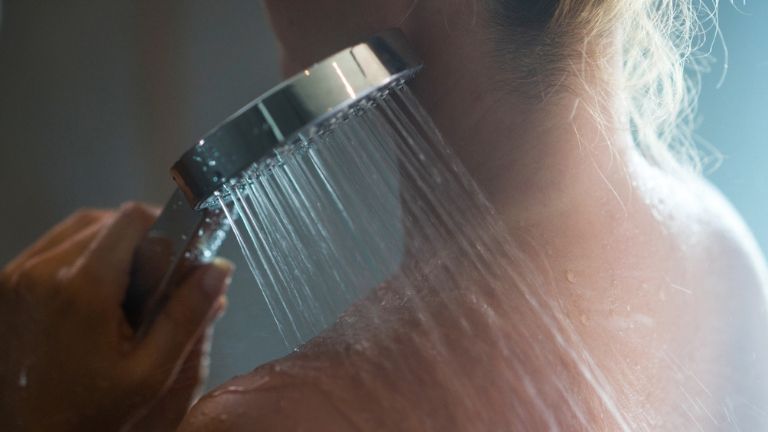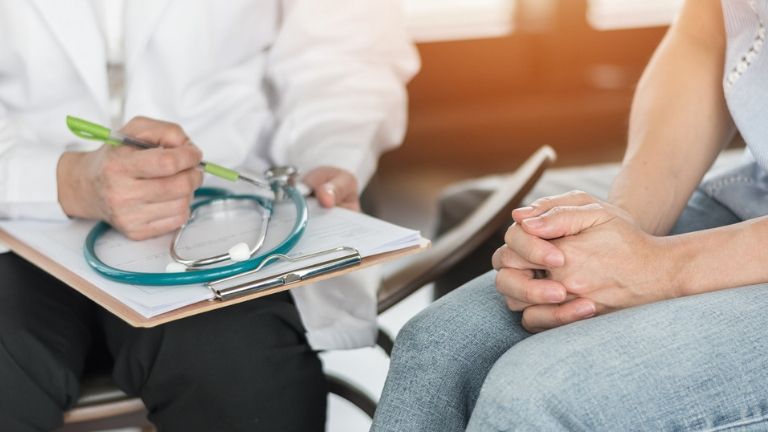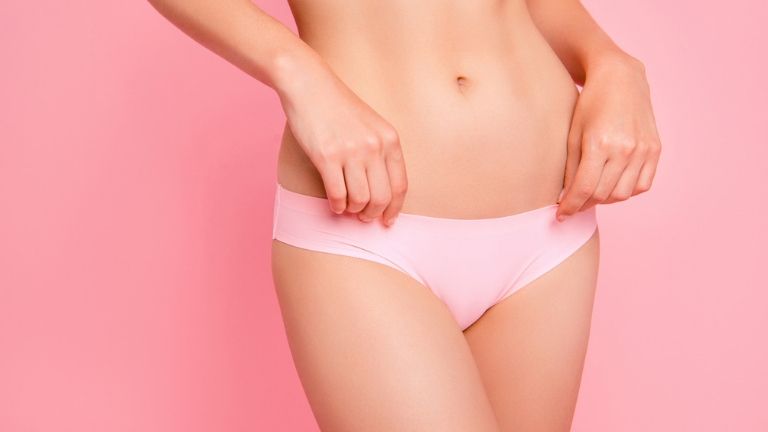Vaginal pimples can be uncomfortable and embarrassing – but they are actually quite common. Expert Larisa Corda explains possible causes of these unsightly blemishes and how to treat them
Pimples around the female genital area are very common condition and though they may be
uncomfortable and irritating, in the majority of cases, they are nothing serious to worry about.
Vaginal pimples can be much like pimples anywhere else on the body: they may be painful or
painless, have a different colour to your skin, filled with pus, exist alone or in clusters, itchy, or vary in size.
So, what are the possible causes?
Contact dermatitis
Contact dermatitis is a type of eczema caused by skin contact with an allergen or an irritant.
Some of the common ones include:
• douches
• feminine hygiene products, such as lotions, powders, and deodorants
• fragranced soaps and shower washes
• laundry detergents
• medicated lotions or gels
• personal lubricants, spermicides, or condoms
• perspiration
• sanitary pads or tampons, especially scented
• semen
• urine
Folliculitis
Another common cause of vaginal pimples is folliculitis, which is an infection and inflammation of the hair follicles from which hairs grow.
Common triggers to this can include:
• shaving
• ingrown hairs
• wearing tight clothing, or clothing that rubs off the skin
• follicles that become blocked or irritated by sweat or personal products
• using an unclean hot tub or swimming pool
• an infected cut or wound, perhaps from shaving, which lets bacteria spread to nearby hair
follicles
Acne inversa
Also called hidradenitis suppurativa, this is a chronic inflammatory skin disease that affects the
sweat glands in the groin and under the breasts.
Acne inversa is characterized by recurrent spots and sores that contain pus. These do not heal easily and can leave scars. Up to 4% of the population can be affected.
Molluscum contagiosum
This is a viral infection characterized by lesions that can occur anywhere on the body, including the vaginal area.
The growths, called Mollusca, are usually small, raised, and white or flesh-colored. They can be
pearly in appearance and have a dimple at their centre.
How do you treat vaginal pimples?
Identify the cause
The first step to deciding the correct treatment is to uncover the cause of the pimples.
Keep a note of the occurrence of vaginal pimples and any products, activities, or other factors which may affect the genital area, including shaving and use of shared pools.
The first step to deciding the correct treatment is to uncover the cause of the pimples.
If you’re not sure what’s causing the problem, it can be helpful to avoid all products that are in
contact with the genital area, including laundry detergents (or changing these), for a period of time and then re introduce slowly, being careful to notice any adverse reactions that may arise.
Remove possible irritants
Once the cause of the irritation or infection has been identified, try to see if you can find an
alternative as it may be necessary to stop using that product.
For example, if shaving leads to irritation, try a new blade and shaving in the direction of the hair
growth. Never dry shave. Or seek alternative methods of hair removal that may be better for you.
Be careful when using hot tubs or pools that are shared with others and make sure you shower
afterwards. Also, avoid using oil as a moisturiser on the skin as it can sometimes trap bacteria in
follicles.
Make sure you practice good hygiene

The warmth and moisture in the genital area make it an ideal location for bacteria and other
microorganisms to thrive.
Wash the area daily with warm water and mild, unperfumed soap. Avoid using any other cleaning products that could affect the pH balance, which can lead to infection.
Choose cotton or natural fibre underwear and opt for loose, comfortable clothing that allows the skin to breathe. Always change your clothing after working out.
Regularly change tampons or sanitary towels during menstruation and consider some alternative versions on the market now, such as menstrual underwear or menstrual cups.
However tempting, don’t squeeze vaginal pimples
You could end up making the condition worse if you squeeze the pimples yourself as it can spread bacteria and infection, so leave well alone or seek medical help to deal with them.
Heat may help
Sometimes a warm compress applied to the area that’s irritated or itching can help.
Simply soak a small towel in warm water and squeeze out before placing on the skin. This treatment can be repeated several times daily.
Make sure the area is dry before you get dresses to stop any bacterial growth.
Medication
Sometimes topical medications or antihistamines may be recommended. Infections can be treated with topical or oral antibiotics. A doctor will prescribe whatever is specific to your condition.
What else can cause vaginal bumps?
Two common sexually transmitted infections can cause bumps around the vagina. These are genital warts and genital herpes:
• Genital warts: Small, flesh-colored lumps, these may have a cauliflower-like appearance.
They are common and caused by the human papillomavirus (HPV). Treatment is not
necessary if they are not uncomfortable.
• Genital herpes: Caused by the herpes simplex virus (HSV), genital herpes can lead to spots
which are painful or itchy and can be contagious even when not visible.
Medication can reduce symptoms, flare-ups, and lower the risk of passing the virus to sexual partners. Using condoms can reduce transmission. If you are pregnant, you must tell your doctor about any previous flare ups or current infection.
Bartholin’s cysts
Bartholin’s glands are located on each side of the vagina. Sometimes these can become blocked,
leading to the formation of cysts. If these become infected, they can become swollen and very
painful, so will need treatment either with antibiotics or a small surgical procedure.
Skin tags
Skin tags are small growths or flaps of excess tissue on the skin. Whether they are removed or not is down to cosmesis rather than anything dangerous, or if they start causing pain or irritation because of their position.
Vaginal varicosites
These are swollen veins around the vulva and vagina, often blue in colour, and can cause irritation or bleeding. Sometimes these can recede on their own, much like haemorrhoids, but it’s usually advisable to go and see a doctor if they are bothersome.

When should you see a doctor?
If you’re not sure what’s causing the vaginal pimples, or they are bothering or irritating you, then it’s best to go and see a doctor to get some advice.
In the majority of cases, pimples will clear up on their own or only require removal of the irritant. Sometimes topical treatment like creams or antibiotics may be provided to help. And ultimately more interventional procedures may be needed but this is rare.
A lot of the time just making some small changes to your personal routine and hygiene can solve the majority of problems.
Dr Larisa Corda is a Consultant in Reproductive Medicine. She qualified from Imperial College London and her training has been both in the UK and Australia, seeing her gain an understanding and appreciation of gynaecological, obstetric and fertility issues across a wide international population.
She currently works for CREATE using natural and mild IVF techniques to assist conception where needed, is ITV This Morning’s and Channel Mum’s Fertility Expert, regularly appears and is quoted by the media, and has several research interests, some of which have been published.
She is also brand ambassador for My Lotus, a new ovulation device, and has launched her own website which offers guidance and support for all those wanting a natural empowering approach to their fertility. You can follow her on Instagram and Twitter.
More Healthista Content:
3 easy vegetarian dinners to impress your friends this weekend
The beauty editor’s guide to perfect lips
Bloated? Constipated? 7 signs you’re stuck in a fibre gap
The vaginal condition you’ve never heard of – that’s more common than thrush
Like this article? Sign up to our newsletter to get more articles like this delivered straight to your inbox.






















































